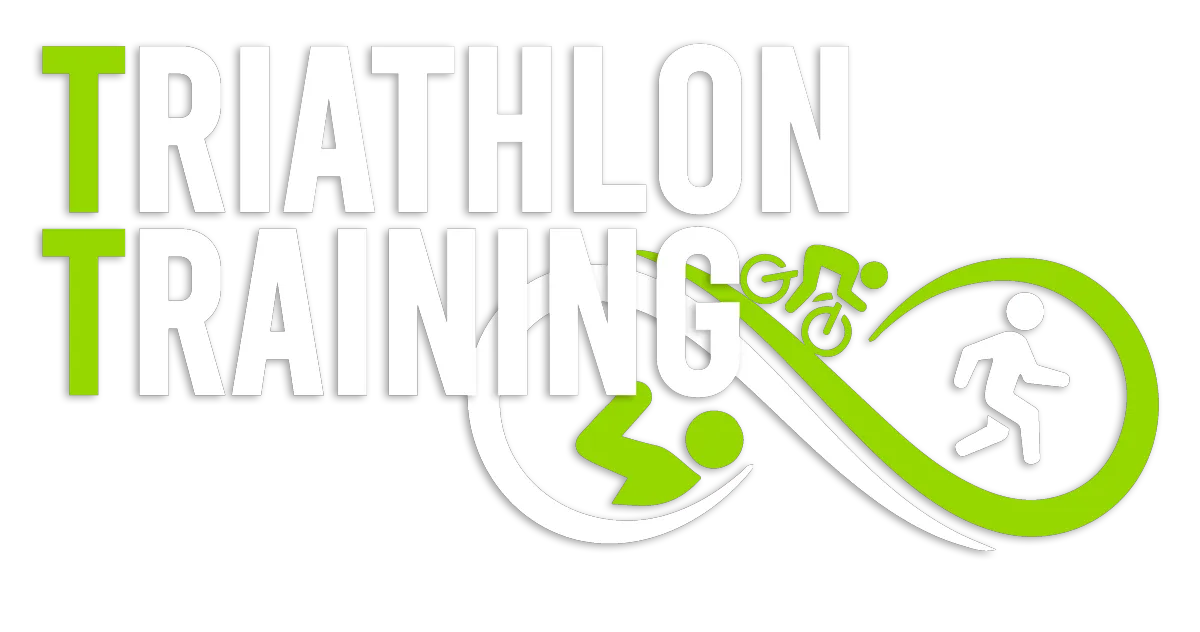
Swim benchmark test - why and how?
Establishing baseline performance
The test is designed to assess your current swimming ability, particularly your speed and endurance. Knowing where you're starting from is crucial for measuring progress and setting realistic training goals.
Tailoring training paces
The results from the test help in setting specific training paces in swimming. These paces are crucial for planning workouts that are appropriately challenging and ensuring that you're training effectively.
Measuring improvement
By repeating the test periodically, you can track how much your swimming performance has improved over time. This is motivating and informs whether the training plan is working or needs adjustment.
The swim benchmark session
The test consists of a warm up, and then two timed intervals with a recovery in between.
The first timed interval is 400m. This distance is chosen because it's long enough to test endurance but short enough to maintain a higher intensity.
Following a recovery swim, the second timed interval is 200m. This is to test your speed over a shorter distance compared to the 400 meters.
Both intervals are to be swum as fast as possible, giving maximum effort while maintaining a sustainable pace over the distance.

Swimming Pace and CSS Calculator
What your results mean
You will now have a time for a 400 m and 200 m interval. Enter these times into the calculator, along with the size of the pool you will be training in. You will be given the following results.
Average time per length for the 400m
Your critical (CSS) swim speed for 100m (see below)
Your training paces for both Best Pace (BP) and CSS based sessions. (see below)
What is critical swim speed (CSS)?
Imagine CSS as your swimming "sweet spot" – that's the fastest pace you can maintain for a long swim without burning out and being unable to hold pace to the end. It's not as steady as a leisurely swim, but also not as fast as a full sprint.
Using both the 400m and 200m times to calculate CSS pace helps to determine whether you need to work at a slower pace for longer intervals (therefore improving your endurance), or a faster pace for shorter intervals to pull up your top speed.
CSS pace is used in swim sessions to help you train efficiently and improve your endurance and speed for longer swims such as in a triathlon or open-water race.
What is best pace (BP?)
At Do3 we also use our own timing method called 'best pace' (or BP). It is simply the average pace of your current best 400m.
We use this in sessions that are an hour or less as it allows for more accurate and 'dialled in' training times for that length session. CSS tends to work better for those who have time for lots of longer endurance work. We use both CSS and BP interchangeably at Do3!
What do all the numbers mean BP-4 etc?
Don't worry, its not as complicated as it looks! These are your training paces. The number after BP or CSS just refers to the number of seconds more or less per 100m than your best pace/CSS pace. Lets take a look at an example:

Here we have a couple of rows from the results table. Your training session will give you instructions such as swim 3 x 200m at BP0. You then aim to hit 22.50 seconds per length for each 200m interval. BP0 (zero) is the same pace as your best paced 400m. The session may then say swim 1 x 300m at BP1. This is one second per 100m slower than BP0.
The same apples if you were swimming a set with CSS timings. The CSS timings are shown in the second column.
Timing this way allows you to ensure your training sessions are effective and based exactly around you and your ability.
How do I keep pace?
Its great having an idea about how fast and how far you need to swim during training sessions but how do you do this? The vast majority of our athletes swim with watches that are able to measure pace and distance in the pool. Garmin are by far the most popular - click here for some examples.
These watches are great for measuring the overall time and speed of intervals like 200m and 400m but our training sessions give you a pace per length to hit. For this reason we recommend the Finis Tempo Trainer (Amazon UK link but available elsewhere). This gadget sits under your hat or clipped to your goggle strap and can be set to beep per length. To hold pace you simply aim to turn at the wall 'on the beep' (a bit like the 'bleep test' most of us did at school!). This really helps to improve your pacing, ensuring you don't go off too fast or too slow, and that you stay on track with the training session without having to work out times on the clock on the wall. Possibly more importantly, it makes training sessions a whole lot more effective!